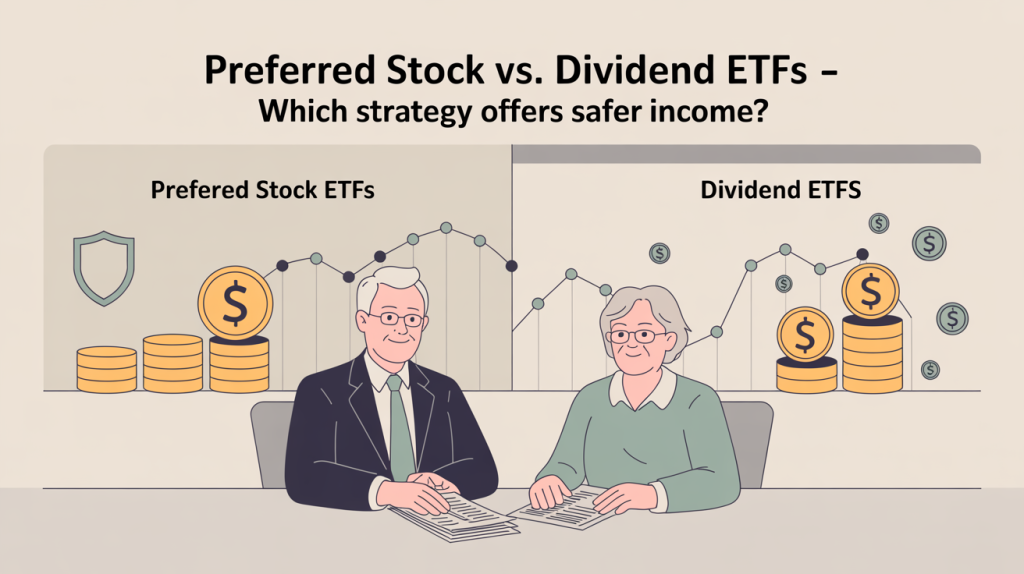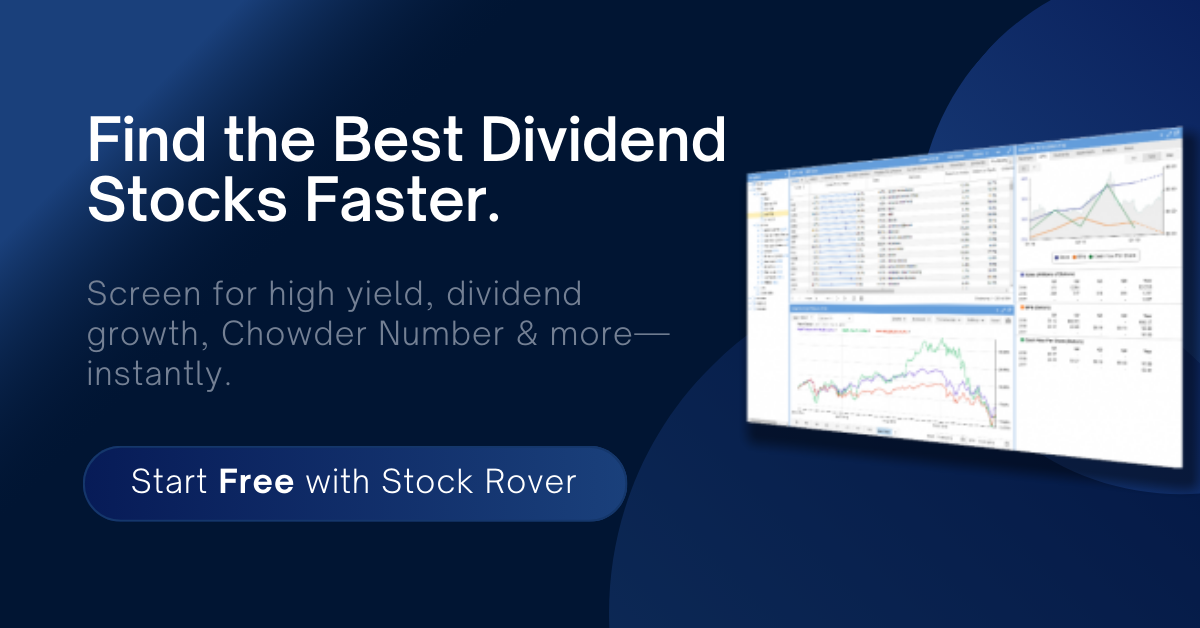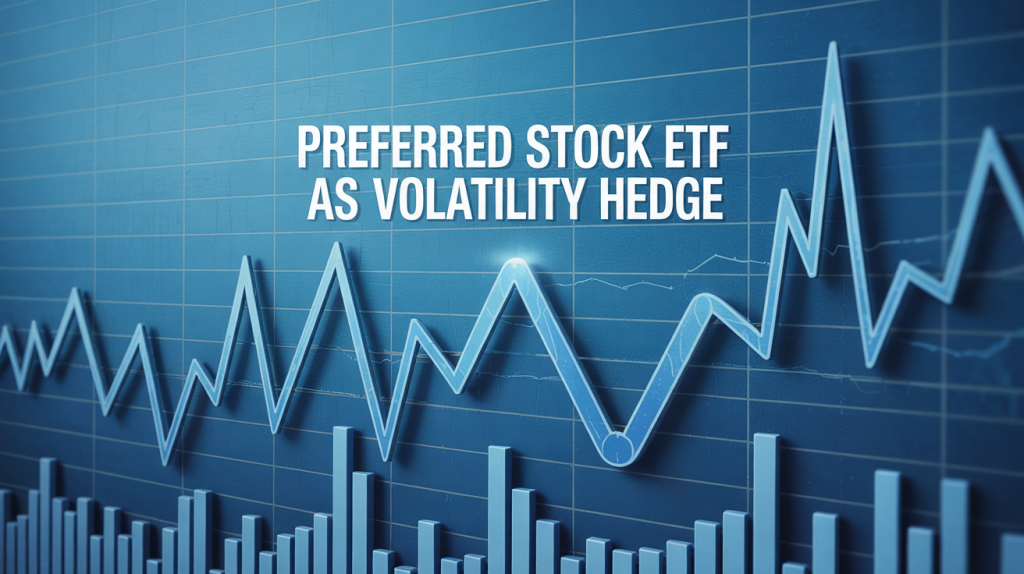
Don’t Risk Your Retirement on the Wrong Yield Strategy
As an income investor, you want to maximize your income. But more than that, you want a reliable and consistent income stream.
As interest rates fluctuate and market volatility threatens your income stream, choosing between preferred stock ETFs and traditional dividend ETFs becomes more than just a yield comparison, it’s a portfolio-defining decision. In this article, we’ll review the differences between these two income-generating ETF types and help you decide which is better suited for a resilient, long-term income strategy. If you are entering retirement, you will find it critical to understand the nuances here. If you are still building your portfolio, choosing correctly can help you reduce risk and build the income stream that you want.
Preferred Stock ETFs: Where Bonds and Stocks Meet
Preferred stock ETFs occupy a unique space in the capital structure. They’re not quite stocks, not quite bonds, they are in-between. This is exactly what gives them their income consistency. Preferreds typically offer fixed or floating dividends and sit above common equity in the capital stack. This means companies must pay preferred shareholders before common shareholders see a dime. If the company ends up in trouble, preferred shareholders have greater rights than common stock holders. This adds a layer of security to your income stream.
Some preferred stock ETFs go even further. Funds like PFFA (Virtus InfraCap U.S. Preferred Stock ETF) use leverage to boost yields. While this means higher monthly income, it also introduces more risk. If rates move sharply or the underlying securities falter, leverage can cut both ways.
ETFs like PFF (iShares Preferred and Income Securities ETF) and PSK (SPDR ICE Preferred Securities ETF (PSK)) avoid leverage, making them better suited for conservative income portfolios. The trade-off? Slightly lower yields but far greater stability.
But high yield doesn’t always mean high safety. To understand how preferred stock ETFs fit in your portfolio, you have to look beneath the yield headline.
Dividend ETFs: The Safer Play or Just the More Familiar One?
Browse around on the internet or spend some time in the investing subreddits and you will find countless investors swearing by their dividend portfolios.
Dividend ETFs get all the love in income portfolios. And for good reason. They offer exposure to well-established, cash-flow rich companies. But that familiarity hides a few risks that often get overlooked.
Unlike preferreds, dividend payouts are at the discretion of company management. They can and do get cut when earnings drop or priorities shift. During recessions, companies often scale back their dividends to conserve cash. That can cause dividend ETFs to fall short just when you need them most.
ETFs like SCHD (Schwab U.S. Dividend Equity ETF) and VYM (Vanguard High Dividend Yield ETF) mitigate some of this risk by holding hundreds of stocks across sectors. Still, they remain subject to the market’s ups and downs. And while they offer more potential for capital appreciation, their dividend income tends to be lower and more volatile than preferreds.
Many investors equate dividends with safety, but history shows that dividend cuts are all too common, especially when economic conditions tighten. And then there is the double whammy of a dividend cut: it also causes the stock price to decline significantly as a dividend cut signals financial troubles with the company.
Income Stability: Why Preferred Stocks Might Actually Be Safer
When you’re relying on portfolio income to fund your retirement, consistency matters more than upside. Preferreds have contractual priority. Unless the company is in serious financial trouble, preferred dividends get paid. This is not the case with common stock dividends.
Even in rocky markets, preferred stock income tends to hold steady. The fixed nature of the payments, combined with the preferred status in the capital stack, gives them a bond-like dependability without locking up your money for a fixed term.
If you depend on income to cover living expenses, this distinction could make or break your financial security. If you have excess left over after covering living expenses, you can always reinvest in the Preferred ETFs and buy more shares. This will increase your future income.
Total Return vs. Income: Know What You’re Giving Up
There are trade-offs. Preferred stock ETFs deliver consistent, high-yield income but very little growth. These dividends don’t increase over time. What you see is what you get. Of course, reinvesting is a viable way to growing your future income.
Dividend ETFs, on the other hand, often include companies with growing earnings and shareholder-friendly policies. That means your income can grow over time, potentially keeping up with inflation. This makes dividend ETFs attractive for long-term investors who value rising income as much as stability.
No strategy is perfect. It all comes down to what you’re solving for in your portfolio.
Choosing the Right Strategy for Your Income Needs
What kind of investor are you? If your goal is a smooth ride with stable income, preferred stock ETFs could be your core income solution. Just be aware of the leveraged ones. But if you’re okay with some volatility in exchange for growth and rising income, dividend ETFs may still earn a place.
For many, the right approach is a blend. You can use preferred stock ETFs to anchor your income stream while layering in dividend ETFs to hedge inflation and add growth. Just make sure you understand the tax treatment preferred stock income often doesn’t qualify for favorable dividend tax rates.
It’s not a binary choice. The right mix can reflect your stage in life, risk tolerance, and income goals.
Build the Income Stream You Can Count On
When market noise gets louder, a calm, dependable income stream helps you sleep at night. Preferred stock ETFs offer that cushion. For many investors, they may be the underappreciated heroes of income investing. Don’t get caught chasing the wrong kind of yield. Build a safer income stream by understanding where your dollars are really protected.
Reference
- Income investing redefined: The case for preferred securities – Cohen and Steers
- The Value of Dividend Growth Strategies to Portfolios Today and Beyond – State Street Global Advisors

Shailesh Kumar, MBA is the founder of Astute Investor’s Calculus, where he shares high-conviction small-cap value ideas, stock reports, and investing strategies.
His work has been featured in the New York Times and profiled on Wikipedia. He previously ran Value Stock Guide, one of the earliest value investing platforms online.
Subscribe to the Inner Circle to access premium stock reports and strategy insights.
Featured in:



